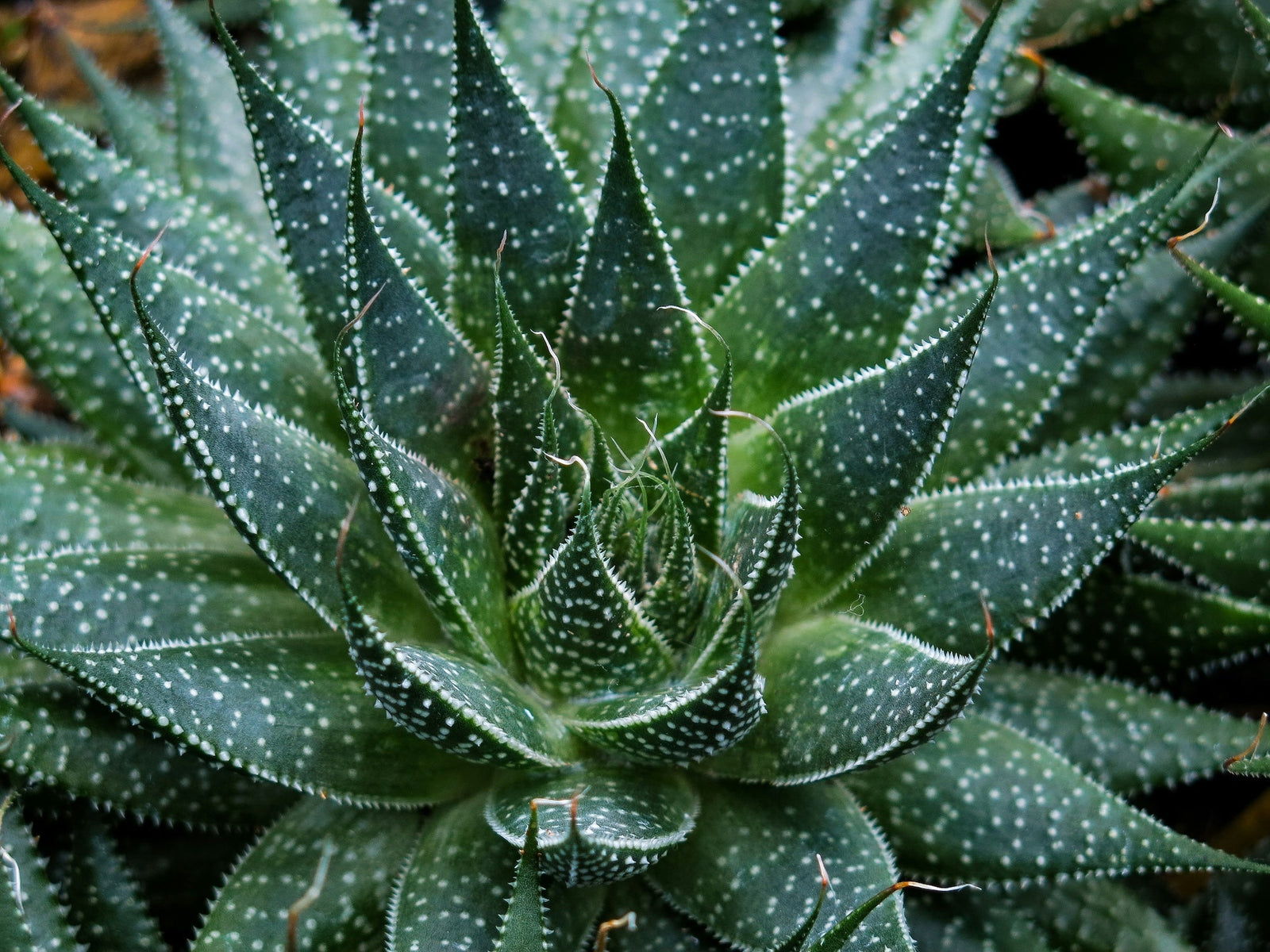
Are Rats and Mice Around Your Home?
GETTING RID OF RATS AND MICE You may have, may know someone or will face the dilemma of rodents in your home. Rats or mice in your home is never a fun experience. How do you get them out? You don’t want to kill them in a place that you can’t get them out. What options do you have and what works the best? Knowing where you think your rat is living is one important factor. Also, knowing where not to let it die is another. If you kill your pest in an attic, it will be harder to get it out; just make sure you can find your dead pest!
Recently a friend of mine told her rat story. She thought for sure it was a whole family of rats living in her home. Turns out, one rat, caused all the havoc around her house! It ate house plants, chewed on rugs; it even pulled a tooth brush out of her guest’s overnight bag! It came out at night when the house was quiet so these were the only signs it left besides the random bits of feces-Yuck! She hired a pest control company and the rat was caught. Hiring a pest control company can be the best option when the problem is too big to handle on your own. While it may cost more, you’re sure to catch your varmint.

If you don’t want to go through the expense of hiring someone, you can do it yourself. Here are some suggestions from Chris’s Agricultural Pest Control that can help. Grangetto’s carries a full line of rodent control products.
FACTS ABOUT RATS AND MICE Here is a bit of information from Chris Mizoguchi with Chris’s Ag Pest Control:
Look at your property and see what is attracting them there
- FOOD – Fallen fruit, bird feeders and seed, snails, unprotected dry pet foods and live stock feeds. Palm tree seeds (dates) Succulents.
- WATER – swimming pools and waterfall features, ornamental ponds and fountains, dripping irrigation, pet dishes, collected water from rainfall.
-
HABITAT – Norway Rats will dig stream banks, rock piles & wood piles. Roof Rats will make nests in trees or bushes, attics.
- Both species will dig into rock and wood piles, both will dig into banks or slopes in landscape and groves that usually have very little or no human or pet traffic. These rats will even make holes in the ground and pull leaves and other plant debris into the entrance of the hole to look unused. They will invade the house through dryer vents, AC wiring and hot water plumbing going into the wall of the house or in the garage. They will chew the rubber on the bottom corners of the garage doors. Cars and other motor vehicles are often victims of chewed wires and cables.
What to look for
- paw prints in dirt areas
- food discards and fruit or nut peelings
- damaged plants in the landscape
- Rats and mice will strip the bark off shrubs for nesting materials causing death of these shrubs- Pittosporum mostly, rock rose and Rhaphiolepis. These shrubs will die from the middle out; close examination will reveal bark has been stripped off of the base of the shrub.
- Collection of empty snail shells in areas that are not designated snail burial grounds.
Trapping Rats are very information retentive creatures, selected for lab experiments because of its ability to solve simple problems.
- Traps are effective 90% the first time they are used. When un-trapped rats see other rats dead in traps, they remember to not go near those traps again.
- To get the most out of trapping, bait traps without setting them for at least 2 weeks or when all baits have been removed from the unset traps on a consistent basis. Set traps for kill after this pre-baiting has been done. Peanut butter or tying a small piece of beef jerky to the trap pedal will work.
- Glue boards can be used, but should not be used in dirt areas because the dirt on the rats’ paws sometimes interferes with sticking to the glue. Just a small dab of peanut butter in the middle of the board is needed.
Baiting
- Baiting should be done with bait stations such as a Tomcat Rodent Station. Bait stations are used to house the bait, to protect it from weather and keep it away from pets and kids.
- Look for droppings, feed discards, places where they might live and place your bait stations in these areas. Rats usually don’t touch new items in their surroundings for 1 to 2 weeks so be patient.
- Once the rats have accepted the bait station in their area they will enter and eat the bait.
- Make sure you check the box every 4 to 6 days when first attempting to clean out the infestation.
- Check and refill boxes at least once a month. Monthly checking and loading of bait boxes can be done after majority of the infestation is cleared.
- Rat feeding on bait blocks will slow down after the first 45 to 60 days.
- Remember to use gloves when handling poison baits.
- Use of a respirator and gloves when cleaning out rat nests is needed to avoid diseases such as Hantavirus which is in the dust from rat droppings and urine.
BAIT TYPES
Tomcat Rodent Blocks
Eaton Rodent Blocks
TRAP TYPES
Victor Rat Traps
Snap Traps
Havahart Traps
BAIT STATIONS
Protecta Bait Station
Wilco Rat & Mouse Station
Tomcat Rodent Station



